.jpg)
Thus, risk management in logistics is not just an operational skill but a core competency that requires methodical, ongoing, and systemic investment.
The Nature of Logistics Risks: From Physical to Non-Physical
Risks in logistics take many forms, but they can be broadly divided into two categories: physical risks—including traffic accidents, fires, cargo loss, and extreme weather—and non-physical risks—such as legal issues, cyber threats, labor strikes, policy fluctuations, or global supply chain disruptions. Whereas companies previously focused on dealing with risks after they occurred, modern management trends now demand early identification, probability assessment, impact measurement, and scenario-based response planning.
Risks in logistics are no longer “unexpected variables,” but must be considered strategic parameters that can be measured and controlled.
One common mistake businesses make is focusing only on internal risks while overlooking those from third-party providers such as transport suppliers, outsourced warehouses, or last-mile delivery partners. In an increasingly complex and multi-tiered logistics system—where information is fragmented and legal responsibilities are not always clearly defined—neglecting external risks can cause entire operations to collapse due to one weak link.
Modern Models of Logistics Risk Management
Today, many businesses are applying logistics risk management models based on the principles of Supply Chain Risk Management (SCRM), which identifies risks across four levels: strategic, operational, disruption, and reputational. Each level comes with specific solutions such as insurance contracts, alternative transport plans, inventory buffers, or the establishment of redundant logistics networks.
Several large companies in Europe and the U.S. have implemented real-time risk assessment systems that integrate satellite data, weather forecasts, customs information, and data from transportation vehicles to enable early prediction and response. Artificial Intelligence (AI) is used to automatically categorize alerts and recommend appropriate corrective actions.
Effective risk management does not stop at having contingency plans, but lies in rapid response capability and multi-directional coordination across departments and partners within the supply chain.
An important tool adopted by many organizations is the “Time to Recover” (TTR) index, which measures the time needed to restore logistics capacity after a disruption. Reducing TTR is a clear indicator of a company’s resilience and maturity in risk management.
Technology and Human Factors in Risk Prevention
Technology plays a key role in preventing logistics risks. IoT sensors attached to trucks, containers, or warehouse shelves help detect early signs of issues such as excessive temperature, strong vibrations, or sudden changes in location. AI-enabled surveillance cameras can monitor driver behavior, issuing warnings for drowsiness, speeding, or procedural violations.
Meanwhile, modern logistics management software like Warehouse Management Systems (WMS) and Transportation Management Systems (TMS), when integrated with real-time data, help businesses assess cargo flows, delivery times, and identify congestion points that need immediate attention.
Nevertheless, human factors remain central. All technological processes must be operated by capable staff who are well-trained in safety procedures, risk identification, and quick response. When a warehouse employee understands that identifying a leaking package is not “reporting an error” but preventing a crisis, that is when risk management becomes ingrained as part of the organizational culture.
.jpg)
A Comprehensive Strategy for Vietnamese Enterprises
In Vietnam, many businesses still lack dedicated logistics risk management departments. Part of this stems from budget constraints, but another reason is a lack of awareness about the seriousness of seemingly minor incidents such as late deliveries, wrong addresses, or lost items. As Vietnam integrates more deeply into the global supply chain and the role of logistics grows, businesses need to build structured roadmaps—from auditing existing risks and establishing performance indicators to training personnel and investing in technology.
Logistics risk management is not the task of a single department or a measure that gets activated only during crises—it is a mindset that must be embedded into every operational process, from strategic planning to field coordination. Businesses that want to go the distance must proactively build operational “immunity” before disruptions occur.
We believe that Vietnamese businesses need to shift from a “firefighting” mindset to a “proactive prevention” approach, from reactive models to adaptive and flexible ones. Investing in monitoring technology, training personnel, and building a safety-oriented logistics culture is not merely a cost, but a strategic investment—enabling enterprises to remain resilient, adapt swiftly, and thrive in an unpredictable world.



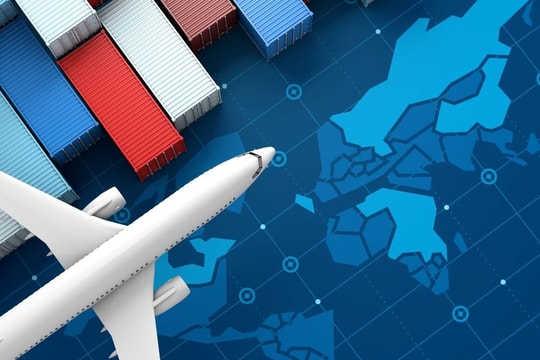






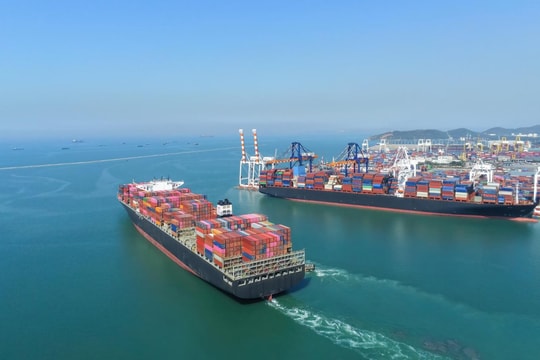

.png)
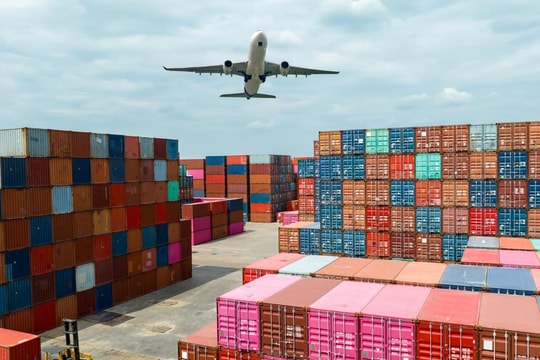

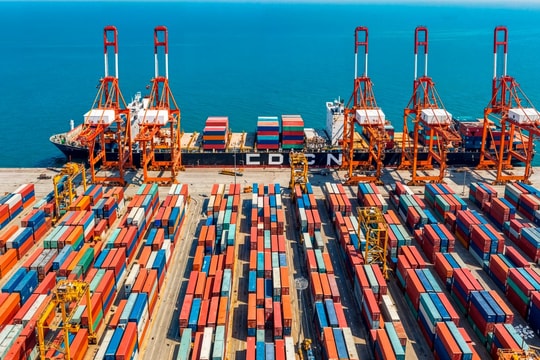
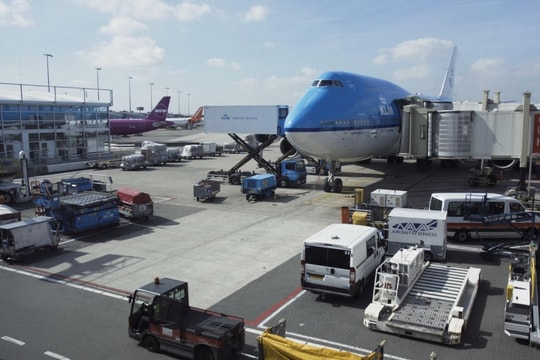

.png)

